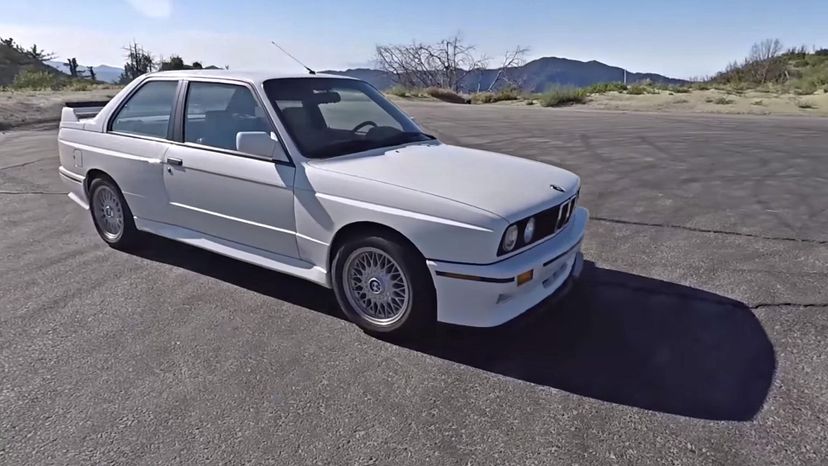
About This Quiz
How much do you know about the era when cars had just as wild a style as the big bangs everyone wore? We're talking about the '80s!
Most people would laugh if you started talking about how the 1980s were an influential time for the automotive industry. After all, the decade usually gets overshadowed by the "glory days" of the 1960s and 1970s, thanks to a plethora of muscle cars that dominated the scene back then. Sure, the '80s had no such vehicles, but that doesn't mean it was an automotive wasteland. In fact, in some ways, the decade boasted more interesting and original designs than just shoving a huge engine in a smaller car.
In the 1980s, with increased emissions standards from the government and gas prices high, automakers were forced to get creative. Computer technology was starting to explode, and that had a huge influence on the cars. Designs started to get all futuristic, too, with different engine layouts, strange doors, and all kinds of geometric shapes on car exteriors. Really, vehicles from the 1980s have their own unique flavor, one that you must acquire an advanced taste to truly appreciate.
Put on your parachute pants, cue up your favorite song on your INXS cassette, and test out your knowledge of 1980s cars now!
Advertisement
Advertisement
Advertisement
Advertisement
Advertisement
Advertisement
Advertisement
Advertisement
Advertisement
Advertisement
Advertisement